No Results Found
The page you requested could not be found. Try refining your search, or use the navigation above to locate the post.
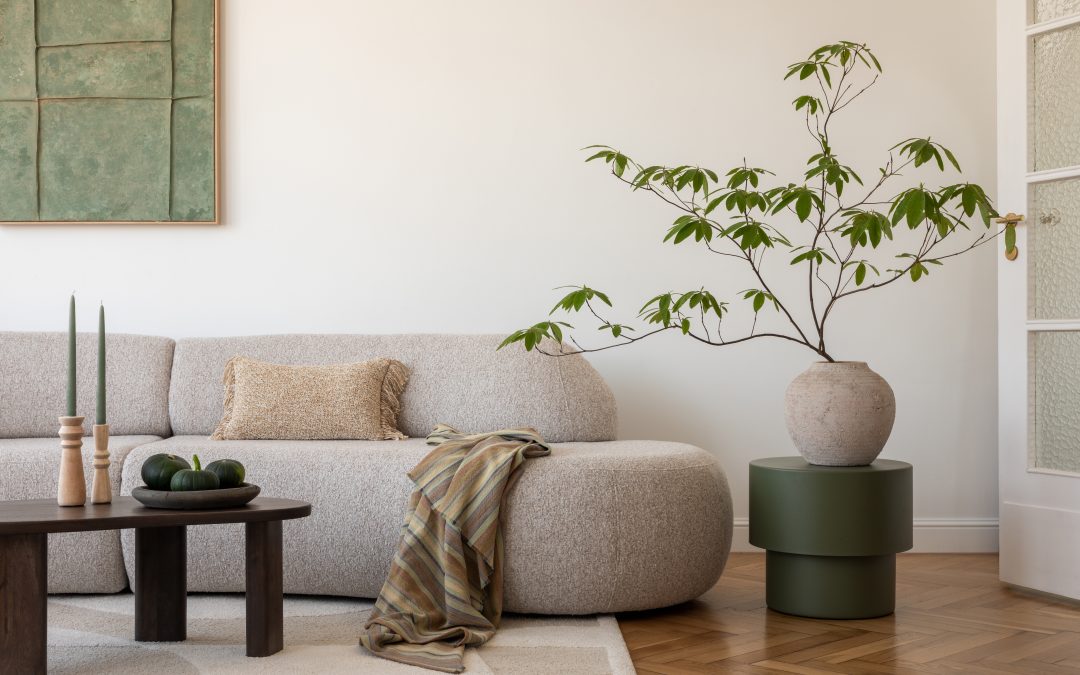
Looking for the best living room color schemes? You are at the right place for the best inspiration!
Choosing the right living room color scheme can dramatically transform the heart of your home. Color has a powerful impact on mood and atmosphere, influencing how you and your guests feel in the space.
This post will explore fresh and timeless living room color schemes that never fail, offering inspiration for creating a living room you’ll love.
Monochromatic living room color schemes revolve around a single color, utilising various shades and tints to create depth and visual interest. This approach offers a calming and sophisticated atmosphere, fostering a sense of tranquillity and unity. From the deepest navy to the palest sky blue, a monochromatic blue living room color scheme, for example, can evoke a sense of peace and serenity. Similarly, exploring various shades of green can create a connection to nature, while a grayscale palette offers a sleek and modern feel. By playing with textures and patterns within your chosen color family, you can prevent a monochromatic scheme from feeling flat or one-dimensional.
Earthy neutral living room color schemes offer a timeless appeal, creating a comforting and inviting atmosphere. Their versatility allows for easy integration with various decor styles, from modern farmhouse to contemporary chic. Think warm beiges, creamy whites, rich browns, and subtle hints of green or terracotta. These hues create a sense of grounding and stability, making the living room a perfect relaxing sanctuary. Layering textures, such as a chunky knit throw or a woven rug, adds depth and visual interest to an earthy neutral palette. Consider incorporating natural materials like wood and stone to further enhance the organic feel.
Transport yourself to a seaside retreat with a coastal-inspired living room color scheme. These palettes evoke a sense of tranquillity and freshness, utilizing light blues, crisp whites, and natural textures. Imagine pairing navy blue accents, like striped throw pillows or a patterned rug, with white walls and light wood furniture. Touches of beige and sandy hues can further enhance the beachy vibe. Natural light is key to achieving the airy and bright feel of a coastal space, so consider sheer curtains or blinds to maximise sunlight.
For a touch of luxury and drama, embrace the richness of jewel-toned living room color schemes. Emerald green, sapphire blue, ruby red, and amethyst purple can create a truly opulent atmosphere. Balance these bold colors with neutral elements, such as a light-colored sofa or white walls, to prevent the space from feeling overwhelming. Consider pairing emerald green with sapphire blue accents, or ruby red with gold accents for a touch of glamour. Luxurious fabrics like velvet and silk can further enhance the richness of the jewel tones.
Grayscale living room color schemes exude elegance and sophistication. Varying shades of grey and white create depth and visual interest while maintaining a clean and uncluttered aesthetic. Incorporate metallic accents, such as silver or gold, to add a touch of glamour. Alternatively, introduce a pop of color with a vibrant piece of artwork or a brightly colored throw pillow to create a focal point. The key to a successful grayscale scheme is to play with textures and patterns to prevent the space from feeling sterile.
Create a cosy and inviting atmosphere with a rustic living room color scheme. Warm wood tones, earthy colors, and natural materials are key to achieving this style. Think browns, greens, oranges, with hints of deep red or blue. Exposed beams, stone fireplaces, and leather furniture can further enhance the rustic charm. Incorporate textured fabrics like wool and linen to add warmth and comfort.
Embrace the minimalist aesthetic of Scandinavian design with a light and airy living room color scheme. White walls, light grey furniture, and pastel accents create a sense of calm and serenity. Natural light is essential in Scandinavian design, so maximise sunlight with sheer curtains or blinds. Incorporate natural materials like wood and wool to add warmth and texture.
From monochromatic serenity to bold jewel tones, the possibilities for living room color schemes are endless. The key is to choose a palette that reflects your personal style and complements the size and natural light of your space. Consider the mood you want to create and the overall aesthetic you’re aiming for. Don’t be afraid to experiment and find what works best for you.
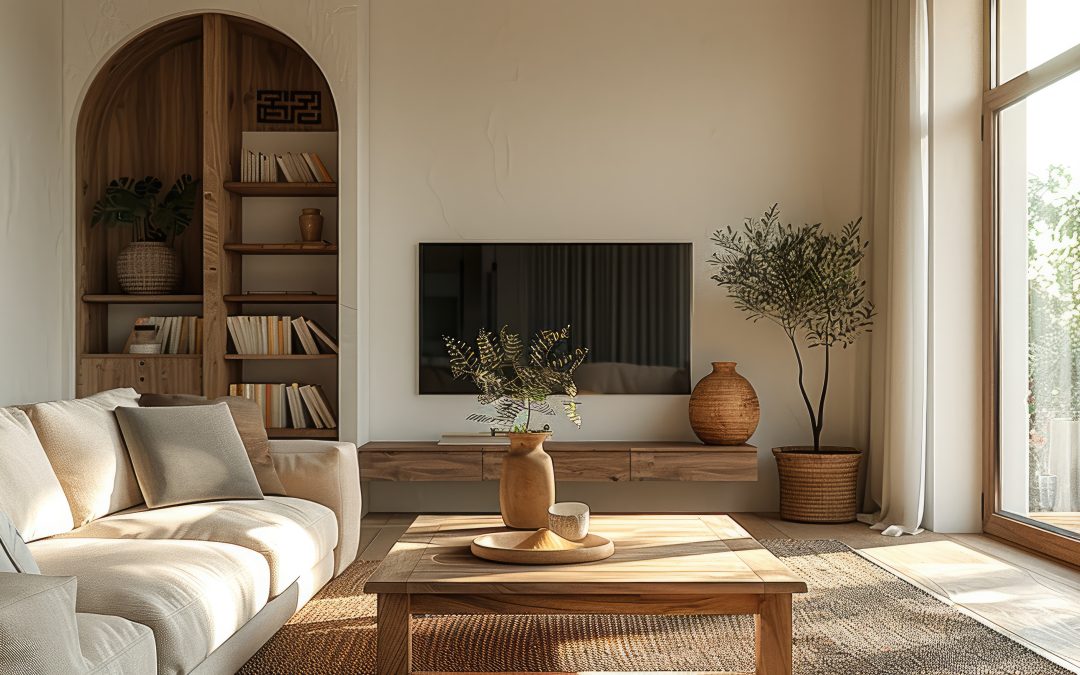
This post is all about Small Living Room Layout.
Feeling cramped in your small living room? Don’t give up! It’s a common design challenge, but even the most space-challenged living rooms can be transformed into stylish and functional havens. You can maximise your space with clever layouts and smart design choices.
A small living room layout can often feel limited, but it doesn’t mean sacrificing style or functionality. The key lies in strategic planning and maximising every square inch. This post will provide tips and tricks to transform your small living room layout into a functional and inviting space.
From furniture selection to clever spatial tricks, get ready to unlock the potential of your cosy corner. So ditch the cramped feeling, because transforming your small living room layout into a place where you feel relaxed is definitely achievable!
The first step in designing a successful small living room layout is to understand the space you’re working with truly. This goes beyond simply knowing the room’s dimensions; it’s about considering your needs, prioritising functionality, and recognising the inherent opportunities (and limitations) of the space.
Think carefully about how you currently use the space and how you wish to use it. Do you need ample seating for gatherings? Or do you prioritise open floor space for kids to play? Are you a bookworm needing a reading nook? Once you pinpoint these needs, designing an efficient small living room layout becomes significantly easier.
Creating a floor plan – either hand-drawn on graph paper or using a simple online tool – will give you a visual representation of the space and help you avoid costly mistakes. Furthermore, it allows for strategic decisions when improving your small living room layout. Remember to measure any existing furniture you plan to keep and always measure potential new pieces before bringing them home.
Consider incorporating an eye-catching piece of artwork, a statement rug, or even creating a gallery wall to serve as your room’s centrepiece. A proper small living room layout relies heavily on the selection of a natural focal point to draw people into the space and add definition to what would otherwise be a drab and claustrophobic area. Once you’ve identified or created your focal point, arrange your furniture around it to create a balanced and inviting seating arrangement.
Now that you’ve assessed your needs, measured your space, and identified a focal point, it’s time to delve into layout strategies that will truly transform your small living room layout. There’s no one-size-fits-all approach, but understanding these techniques will empower you to create a space that is both functional and stylish.
This technique involves pulling your sofa and chairs a few inches away from the wall. The sliver of open space behind the furniture visually breaks up the room and creates the illusion of more depth. Define the seating area by placing a rug underneath the front legs of your sofa and chairs. The best small living room layout will strategically play with space to optimise the feeling of openness. Using floating furniture to achieve this helps to avoid the visual feeling of being “trapped” by being hugged along every single corner of your room.
Consider using a sectional sofa or arranging two sofas in an L-shape to make the most of the corner space. Add a comfortable armchair and an ottoman to create a complete and inviting setting. Corner arrangements are particularly effective in small rooms because they consolidate the seating area, leaving more open floor space for circulation. A good small living room layout relies on the selection of space-saving strategies to create the maximum amount of functionality, without compromising comfort or personal aesthetic expression.
Consider using room dividers (like screens or bookcases) to create distinct zones within the living room. If you need to maintain privacy and functionality, dividing up the living area for dual or even multiple uses is essential to a good layout design. For a workspace, try a small desk tucked into a corner or a console table that doubles as a work surface. Choose furniture that serves multiple purposes: a sofa bed for overnight guests, a coffee table with lift-top storage, or an ottoman that can be used as a footrest, a coffee table, or extra seating. Implementing multi-functional components when strategising your small living room layout can make a huge improvement in overall usability and visual perception of added space.
Choosing the right furniture is paramount when crafting a successful small living room layout. Bulky, oversized pieces will quickly overwhelm a small space, while lighter, more streamlined options will create a more open and airy feel. The key is to prioritise functionality, scale, and visual weight.
Think about sofa beds that can transform into guest accommodations, ottomans with hidden storage for blankets and pillows, coffee tables with lift-top surfaces for dining or working, and nesting tables that can be pulled out when needed and tucked away when not in use. Choose pieces that offer built-in storage or that can be easily repurposed. Every piece of furniture needs to provide functional utility in your small living room layout.
To improve the efficiency of your small living room layout, try downsizing and using furniture pieces that work with, not against, your space requirements. Think small scale in every purchase: lamps, coffee tables, ottomans and shelves, or anything you want to use, the selection of “lite” in smaller quarters makes a large impact. Remember to consider your overall dimensions to scale correctly, or you could miss what small actually is!
Install bookshelves that reach the ceiling, use wall-mounted cabinets to store media equipment and books, or create a gallery wall with floating shelves. Not only does vertical storage provide practical functionality, but it can also add visual interest to your room. Don’t allow dead space! Consider vertical display cabinets, glass cases, and wall shelves for storage options to support an aesthetic but also function in your small living room layout. Think of it as your secret space management power!
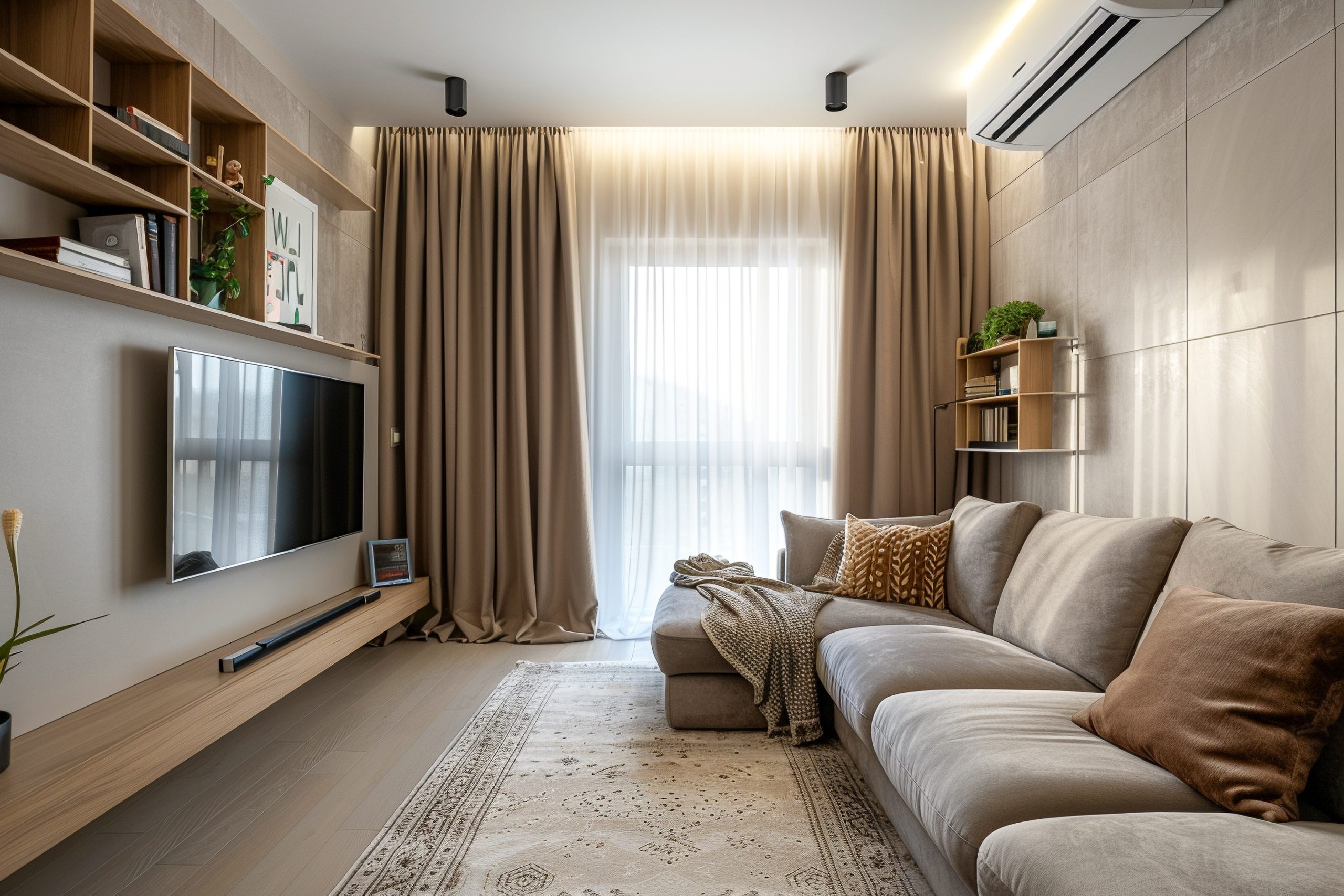
Beyond choosing the right furniture and layout, there are several visual tricks you can put into place to make your small living room layout feel more spacious and open. These techniques play with light, colour, and perception to create an illusion of added square footage.
Layering artificial light is equally important. Combine ambient lighting (like an overhead fixture or recessed lighting) with task lighting (reading lamps) and accent lighting (wall sconces, art lighting). Avoid dark corners – strategically place lamps to brighten the space and create a more inviting atmosphere. With the effective application of both natural and artificial light, improving your small living room layout will open up a huge number of possibilities with decorating options and utility as well.
You can also use smaller mirrors to create a gallery wall or add a decorative touch. Experiment with different shapes and sizes to find the perfect fit for your space. Just be mindful of what the mirror is reflecting – avoid reflecting clutter or unflattering views! Careful placement is a high-impact decision when executing a small living room layout effectively using reflective practices.
Stick to a neutral colour palette for your walls and floors, and then add pops of colour through accessories like pillows, throws, and artwork. Incorporating textures (like woven baskets, plush rugs, or patterned fabrics) can also add visual interest and depth to the space, preventing it from feeling flat or sterile. A small living room layout doesn’t have to compromise on expressing an individual or stylistic aesthetic, despite limited square footage. You can use a range of texture applications and lighter colours to really create a sense of warmth and homeliness.
No matter how well-designed your small living room layout is, it will always feel cramped and uncomfortable if it’s cluttered and disorganised. A clutter-free space is essential for maximising functionality and creating a sense of calm and relaxation. Getting rid of all excess junk is probably the most critical first step to a successful small area.
Donate unwanted items to charity, sell them online, or simply toss them in the trash. The goal is to create a space that is free from unnecessary belongings, allowing you to fully enjoy the room. Consider making it a goal to run through the things and find the clutter spots at least quarterly.
By creating designated storage areas for all of your belongings, you’ll keep your living room tidy and organised. Creating and enforcing good habits is the first step to the benefits that come from organising with small living room layout. With strategic decluttering and careful planning, the small space will allow for functional as well as fun enjoyment.
You can totally transform the cramped spaces! Planning a brilliant small living room layout is definitely doable. By strategically considering needs, measuring your space, choosing furniture pieces and arrangements carefully, the small space will provide joy, and comfort and style to those who live with its design! So get the plans flowing, come up with the optimal layout and see the changes that can come with putting some work and inspiration!
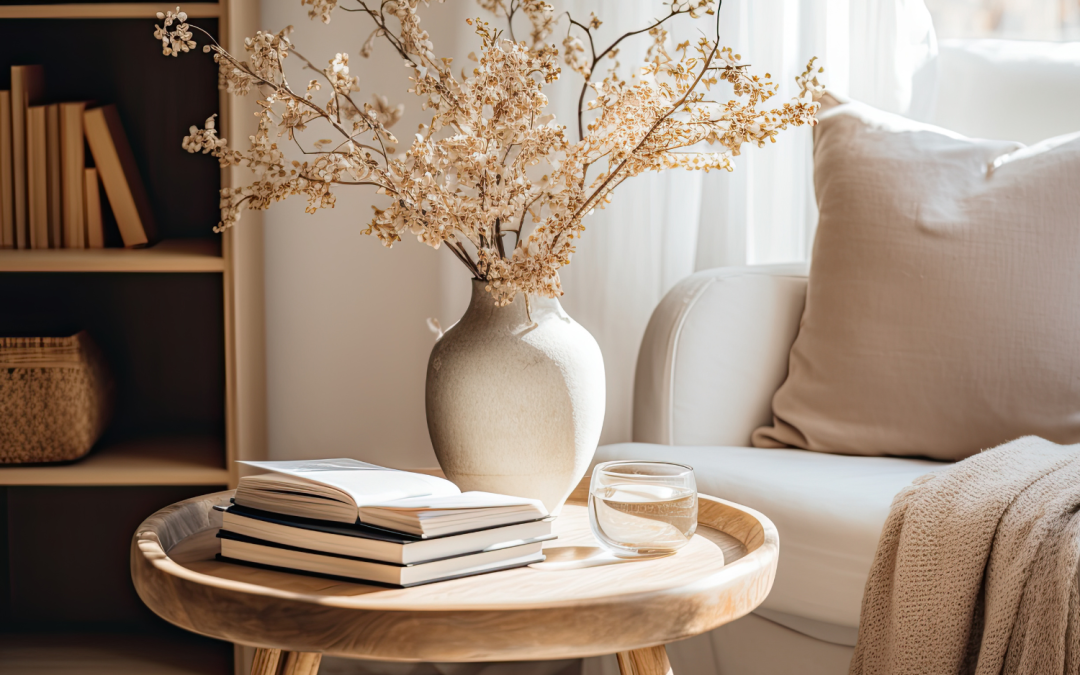
Want to know the best way to elevate your living room table decor? These are the ultimate tips to help you elevate and transform the look and feel of your living room through decor. 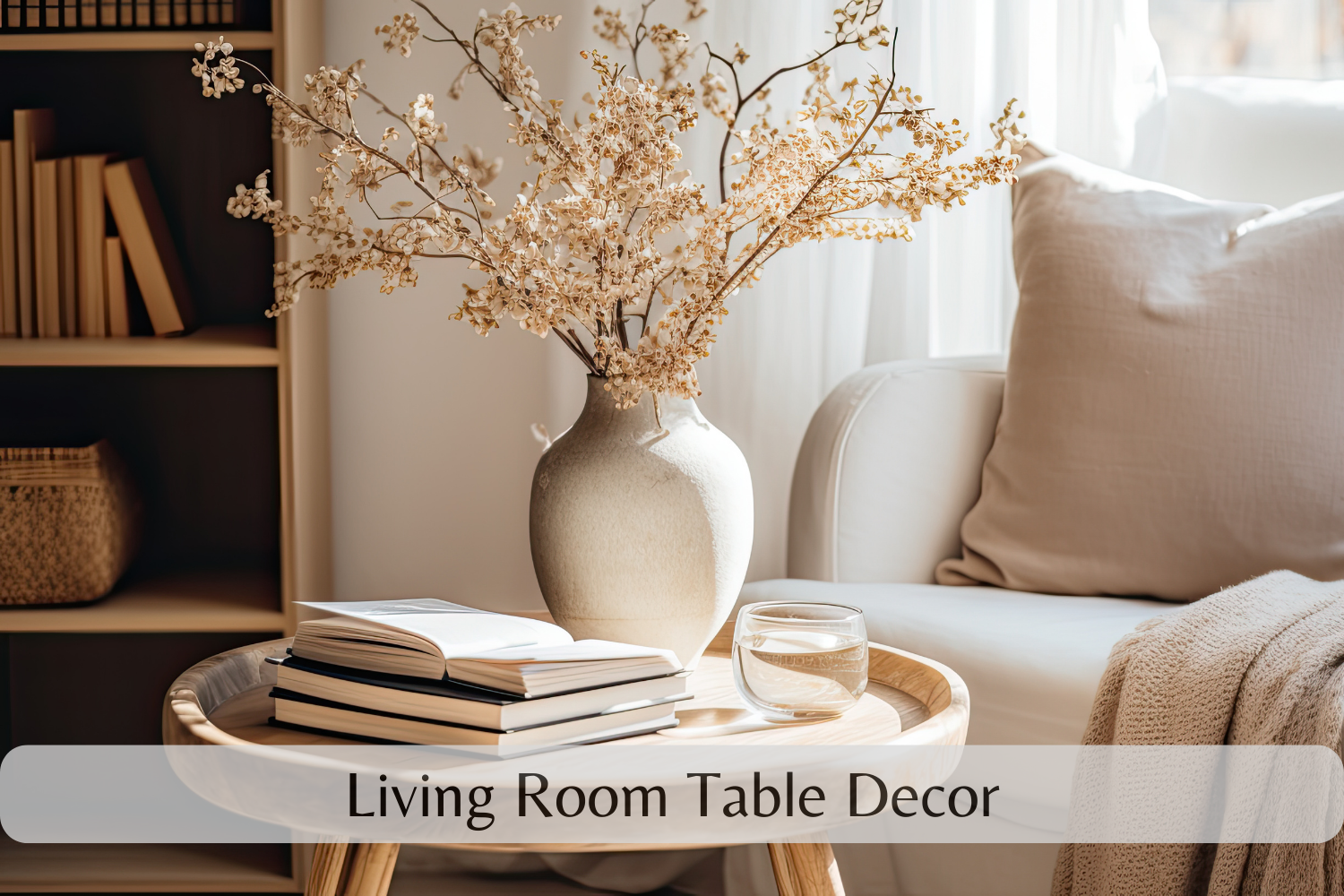
Picture this: You walk into a beautifully designed living room, and your eyes are instantly drawn to the elegant arrangement on the coffee table. It’s a colour, texture, and style masterpiece, effortlessly tying the entire room together. That’s the magic of living room table decor – it can serve as a focal point for the room and a place to showcase your personal style.
From choosing a theme, selecting styling and decorative objects and keeping functionality in mind, this post is your ultimate guide to bringing your living room together.
This post is about achieving the best living room table decor.
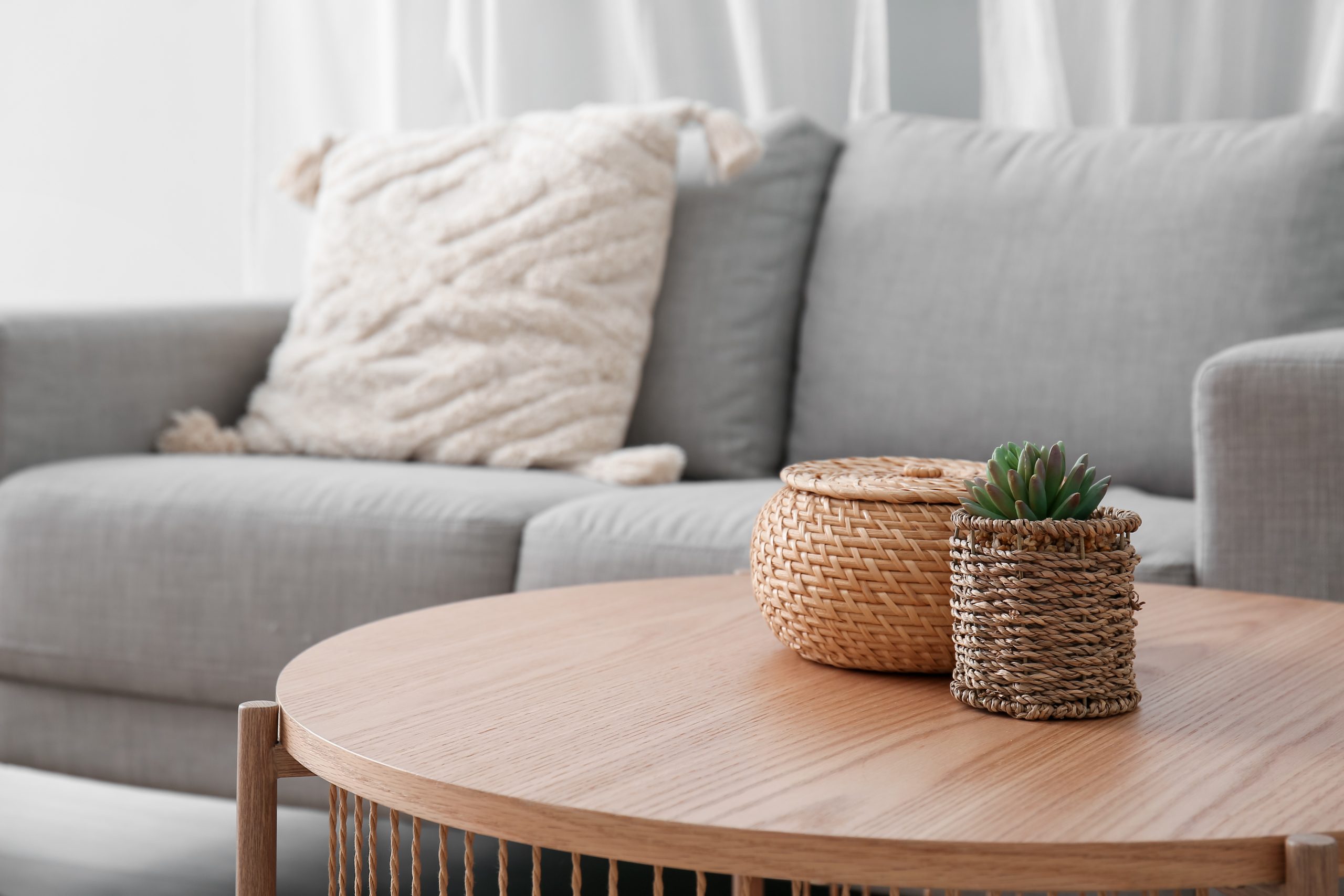
The first step to creating stunning living room table decor is to start with a blank canvas. A cluttered table can be visually overwhelming and distract from the decor’s intended theme. Starting with a clean slate provides visual clarity and lets each decorative element stand out.
Start by removing all items from your table, this includes remote controls, magazines, coasters and any other items used daily. Take this opportunity to declutter and consider whether all the items you removed are essential, if not, find homes for the things that don’t belong on your table.
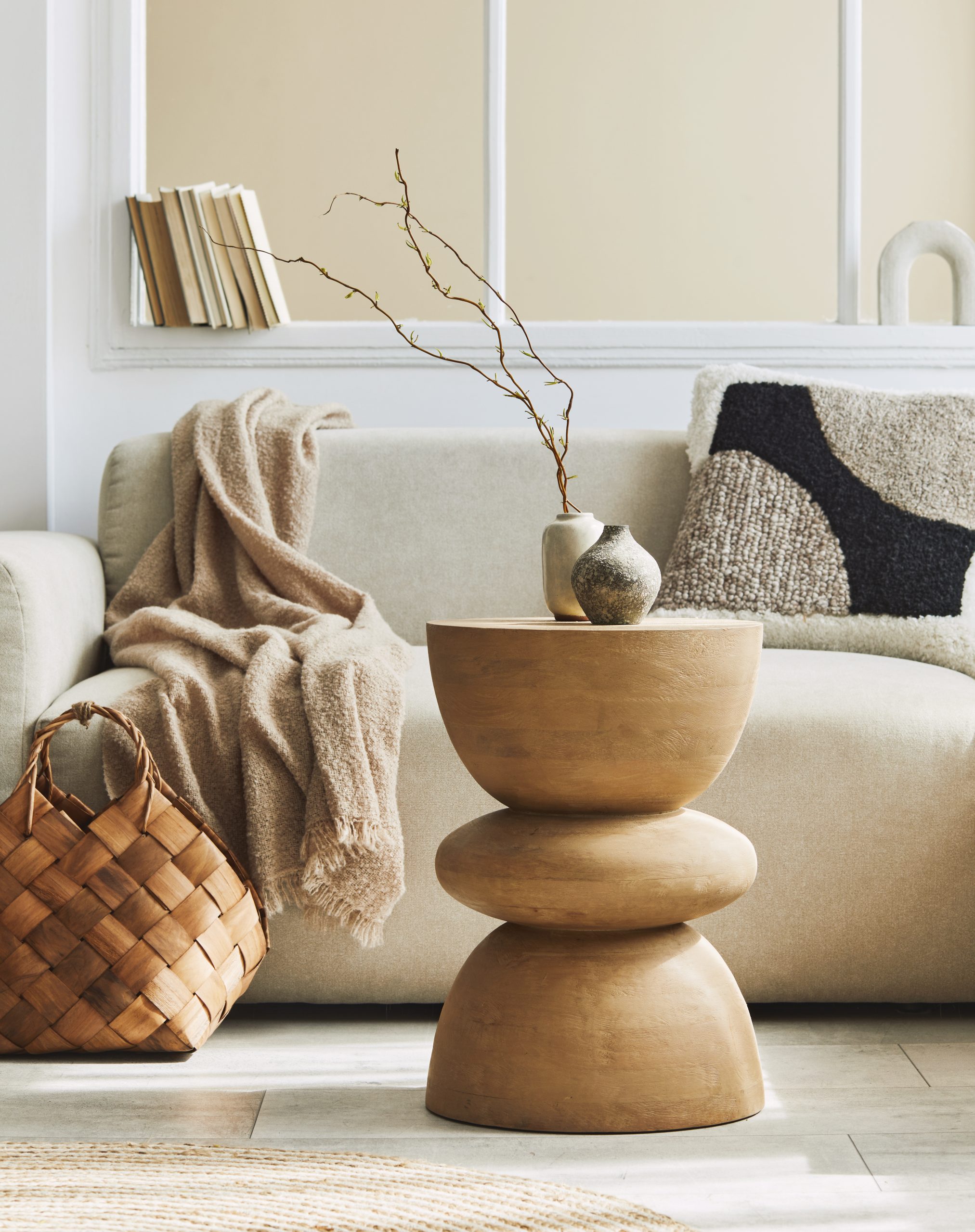
Choosing a theme sets the foundation for your entire decor arrangement, making sure that your living room table tells a cohesive and visually appealing story. Start by considering your personal style and the style of your living room, your theme should reflect your taste and the overall ambience you want to create.
Think about how the living room is used and look around your space for any existing elements or colours that you want to incorporate. Your theme should align with your room’s purpose, is it primarily a cosy family space, a formal entertainment area, or a multi-purpose room?
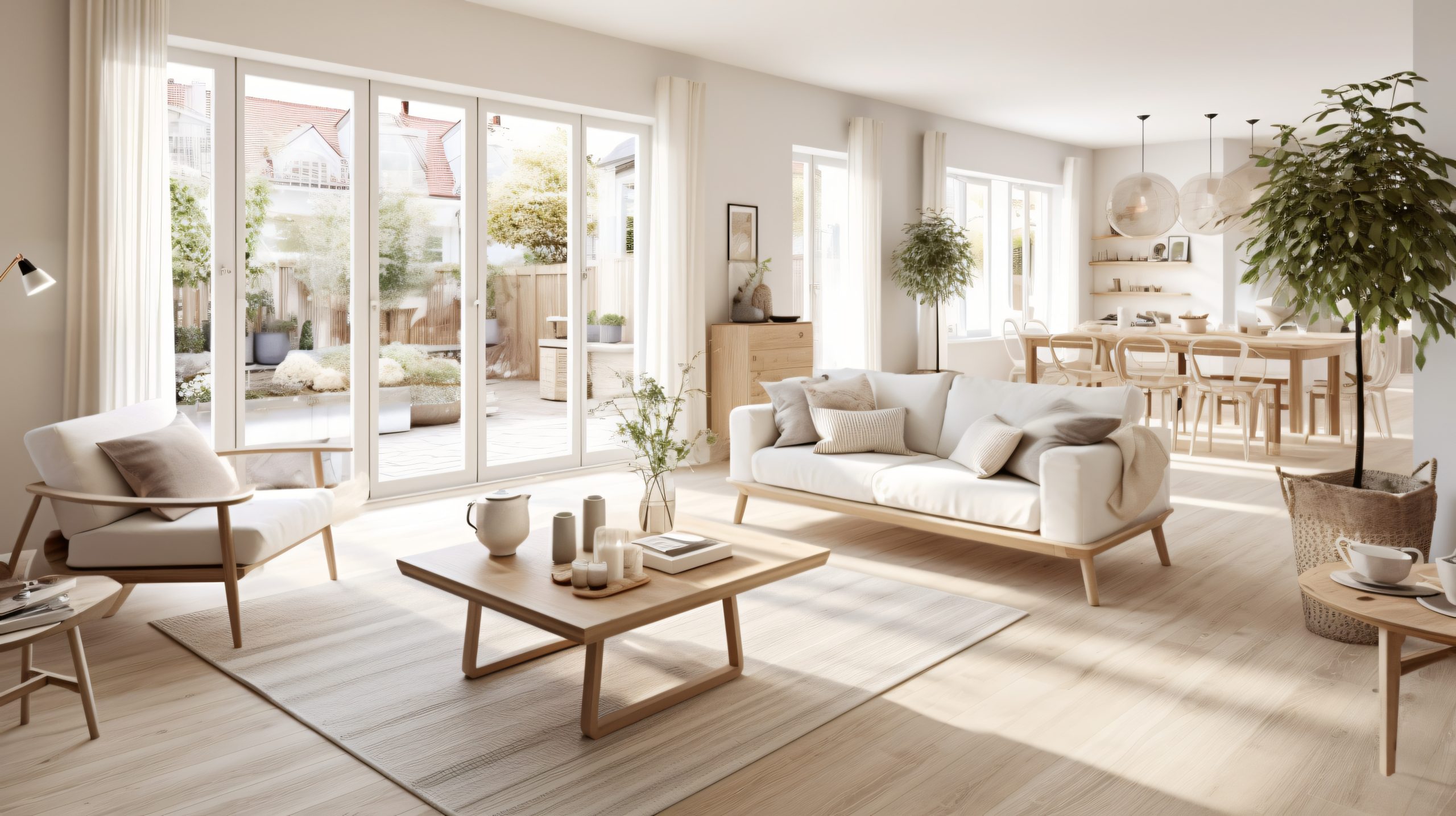
Your living room table should be more than just a surface for displaying pretty objects. It should serve a purpose to make your life easier and more enjoyable. A functional table can adapt to various needs from a coffee table for casual gatherings, a dining table for TV dinners, a workspace for your laptop, and even a storage solution for everyday essentials.
While it’s important to create a beautiful and stylish living room table, it’s also important to consider functionality. Make sure you leave enough space for drinks and snacks, and choose decor that won’t get in the way of everyday use. You can also use decorative objects and keep your living room table organised.
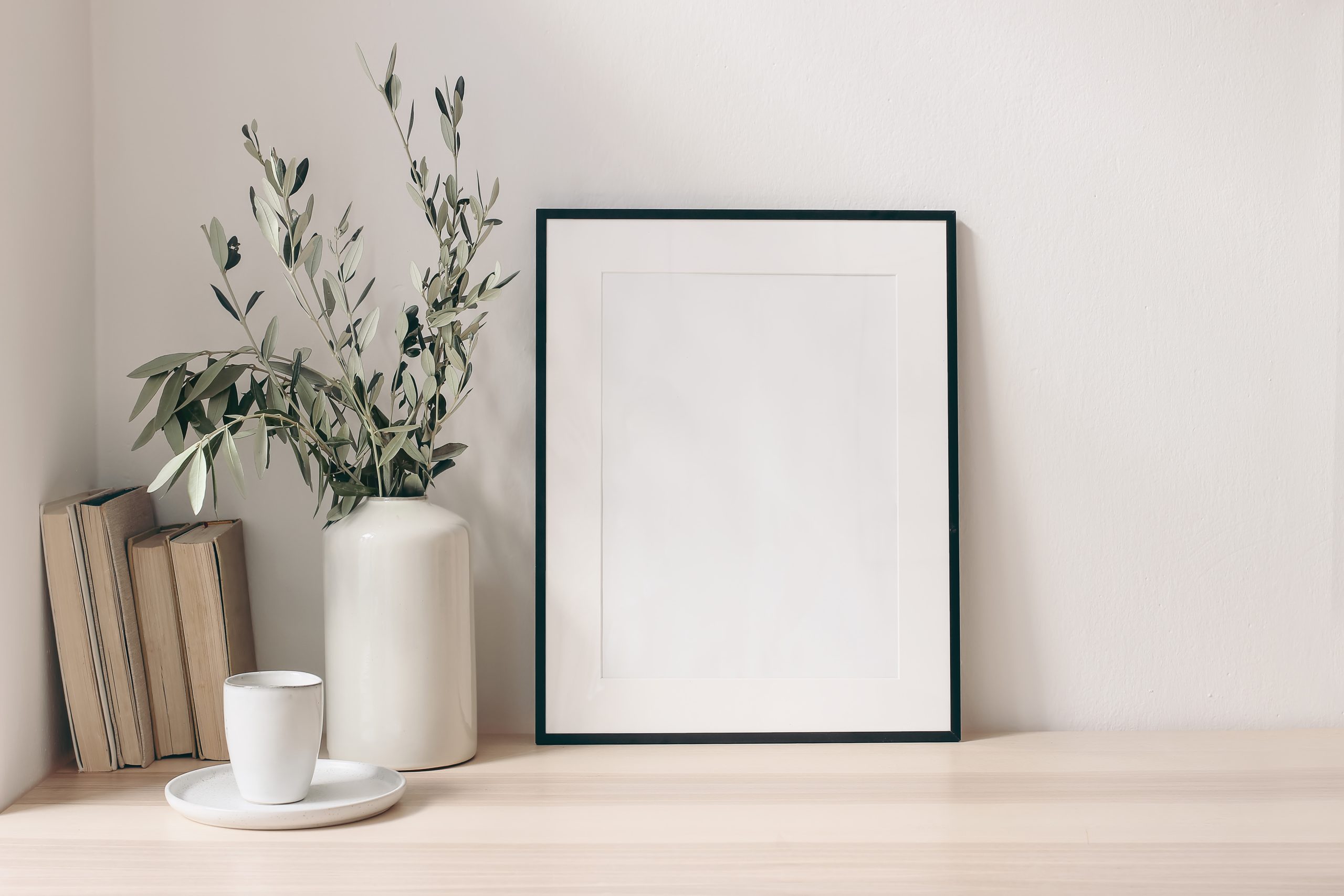
Each item on your living room table should have a story to tell so begin by selecting items that hold significance for you. The goal is to create an emotional connection with your living room table decor. Every time you glance at a particular item, it should invoke a feeling, memory, or a sense of nostalgia.
These could be family photographs, travel souvenirs, heirlooms or mementos from special occasions. To maintain a harmonious balance in your decor, blend your personal items with other decorative elements that work with your chosen theme. For instance, you can place a family photograph in an elegant frame positioned alongside decorative candles, a vase of fresh flowers or a stack of coffee table books related to your interests.
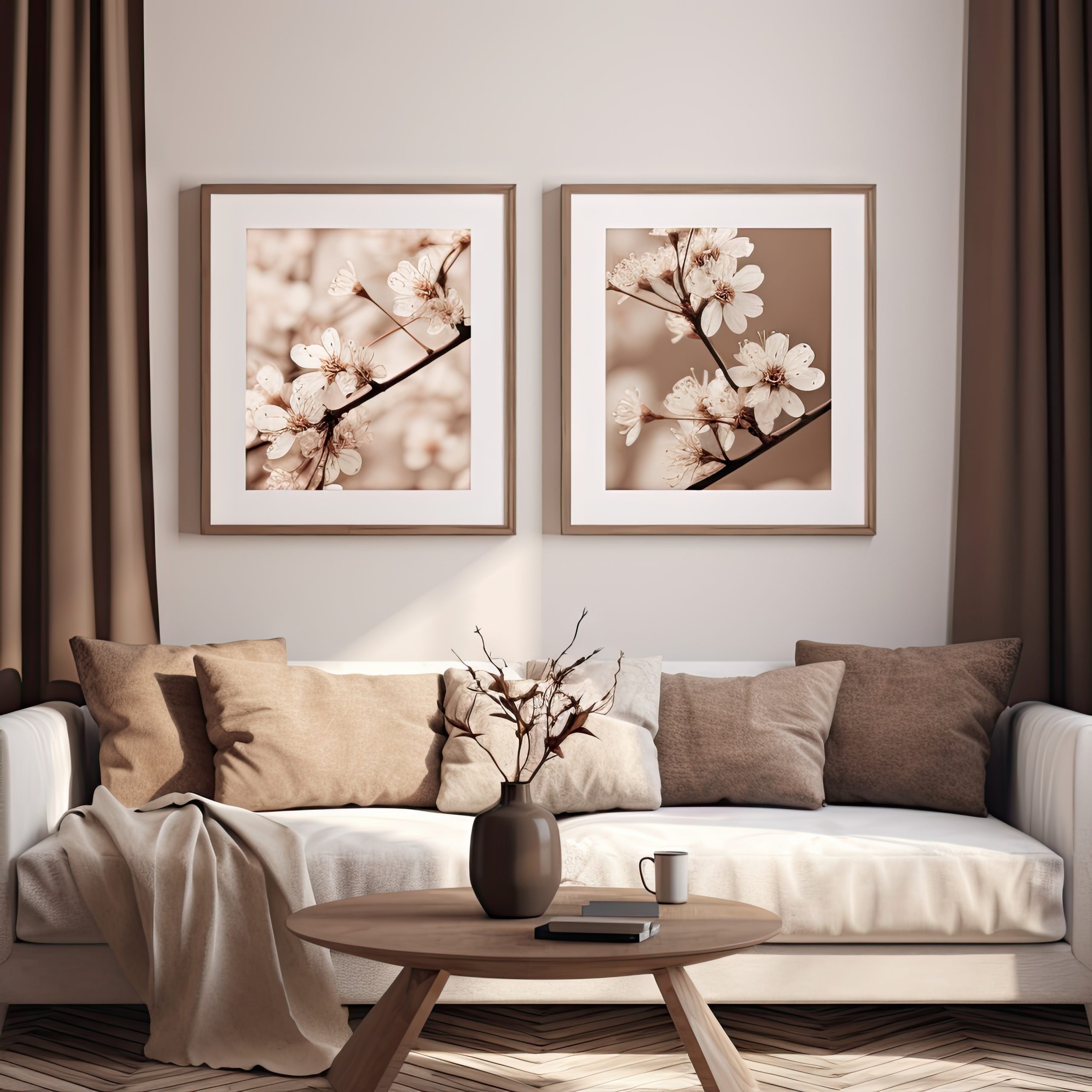
When it comes to living room table decor, your colour palette sets the tone for the entire room. One of the advantages of sticking to a cohesive colour palette is the visual consistency it provides. To ensure a seamless integration, take into account the existing colour scheme in your living room. Your table decor should not compete but complement the colours present in your room.
A well-thought-out colour palette is not just about paint and fabric. Texture plays an integral role in creating depth and interest in your living room table decor. Blend different materials like wood, glass, metal, and ceramics to add visual interest to your setup. The variety in textures will make your colour palette feel richer and more engaging.
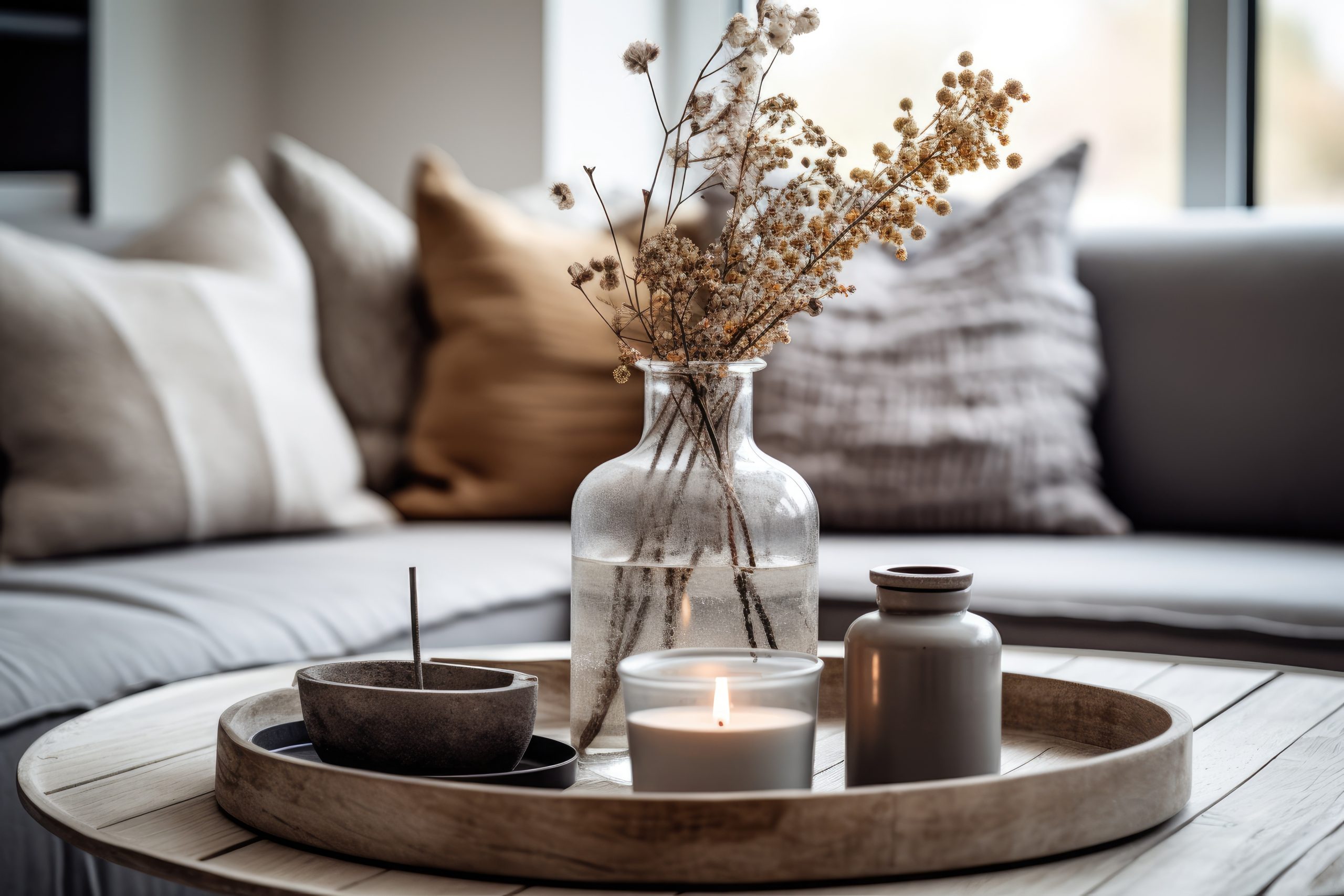
Layering will add depth, texture, and visual interest to your table, preventing it from looking flat and one-dimensional. It allows you to showcase your personality and tell a story through carefully selected items and pieces that have meaning to you.
Every beautifully layered design starts with a strong foundation, which In this case your foundation is the table itself. Consider the size, shape, and material of your table when selecting pieces. Layers can be built vertically by using vases, flowers and candles, and horizontally using decorative bowls, coasters and other decorative objects.
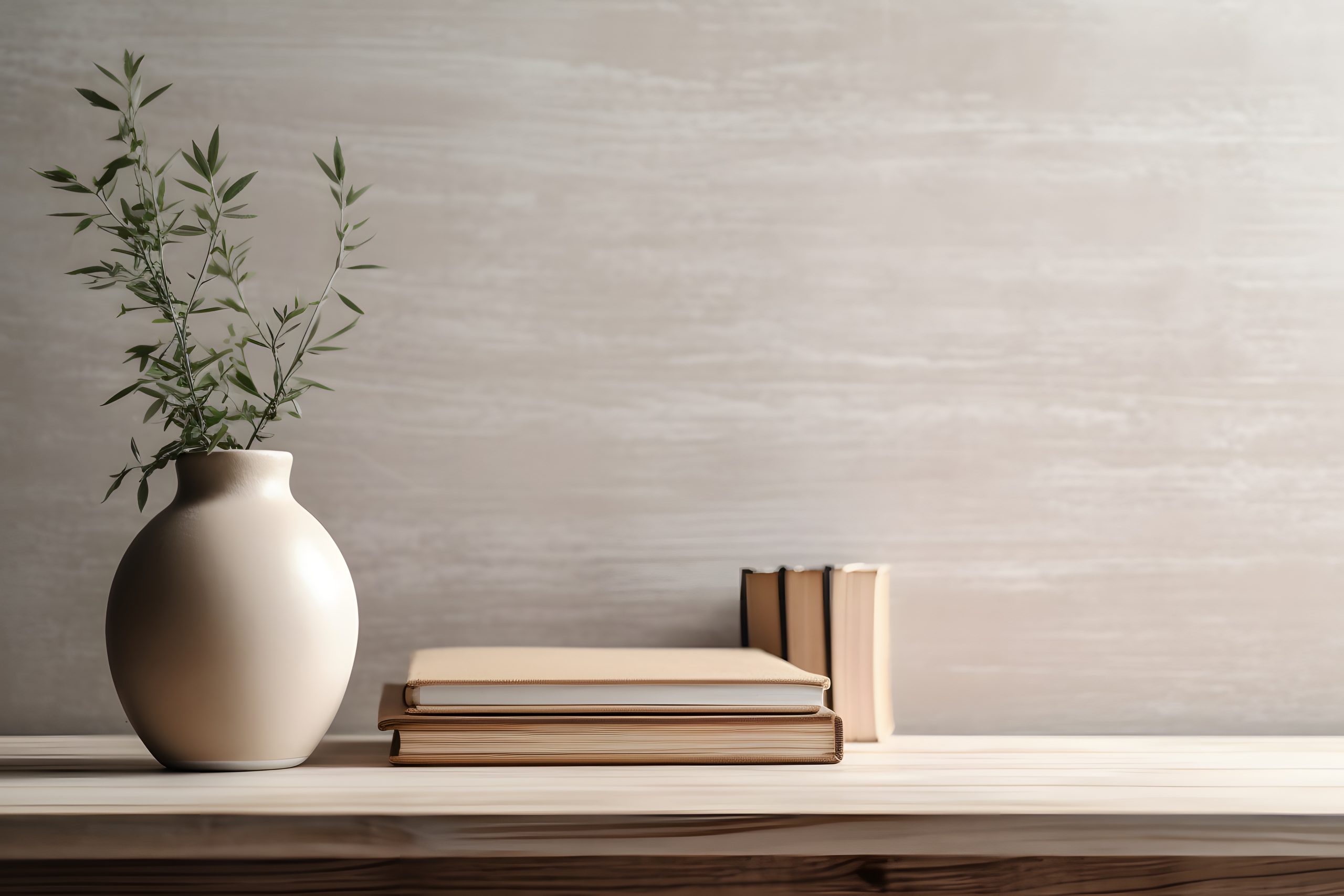
Balance & symmetry is a powerful design concept that can transform your space. By selecting the right table, arranging decor elements with symmetry and paying attention to height and colour, you can create a beautiful and balanced living room table. A square or rectangle table works well with a more structured and symmetrical decor approach, while a round or oval table can soften the look for a more organic feel.
To achieve balance, it’s essential to consider the height and visual weight of the items you choose, layering different heights and textures adds depth and dimension to your decor. It’s common to have a central focal point, this could be a large centrepiece or a captivating piece of artwork. A well-balanced and symmetrical living room table should also consider colour harmony, which can help achieve a sense of balance.
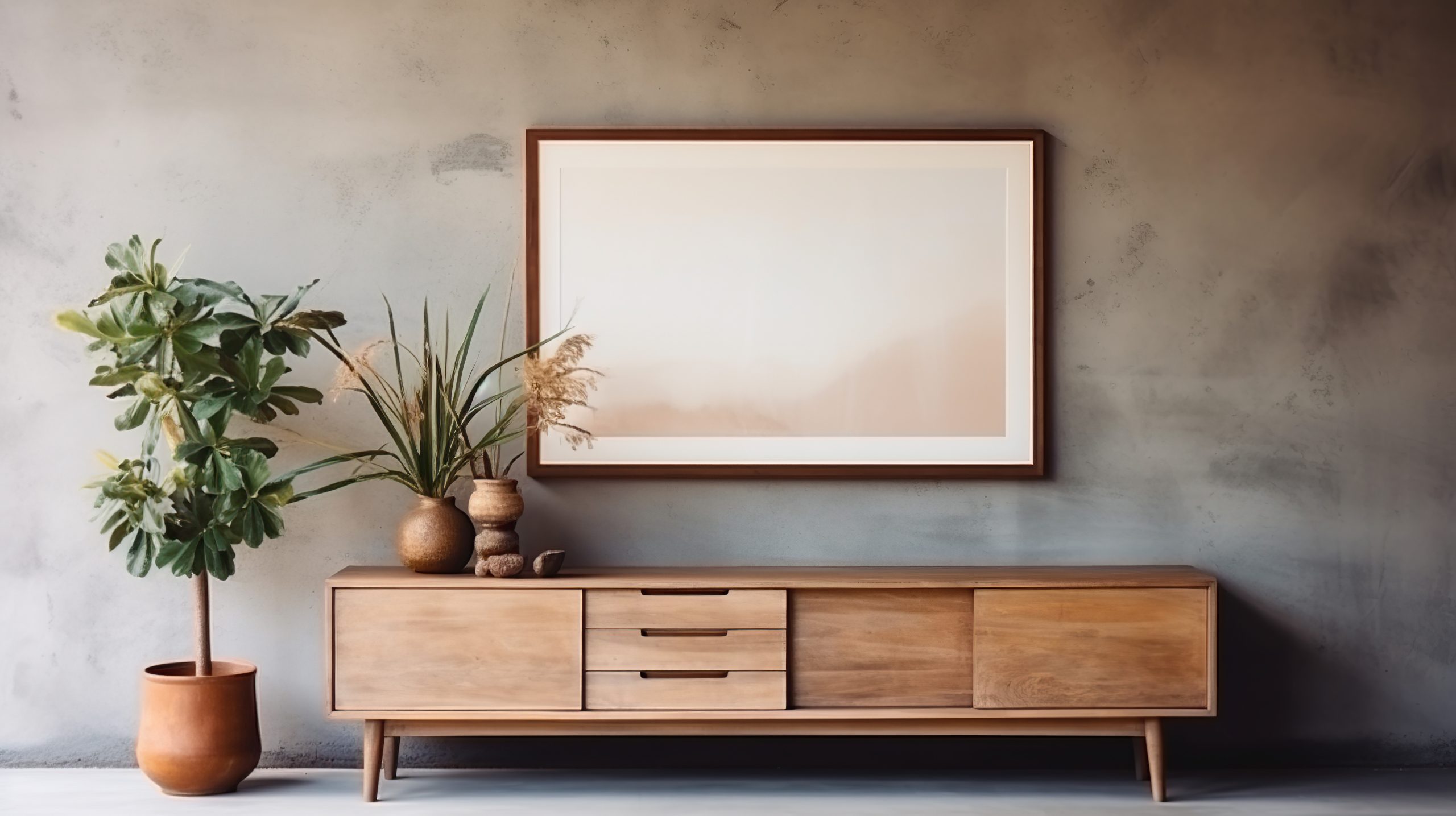
One of the most effective ways to infuse life and vibrancy into your living room table decor is by incorporating greenery. Indoor plants not only add a touch of nature but also breathe fresh air into your space, and transform the ambience of your living room, making it feel more inviting, relaxed, and visually appealing.
They provide a natural, organic element that balances the often man-made materials in your living room, while the vibrant colours of the leaves create a visually pleasing contrast against the typical furniture and decor. When selecting plants for your living room table decor, consider factors such as lighting, care requirements, and the aesthetics of your space. Elevate your greenery with decorative planters that match your decor style. Vintage containers, geometric pots, or metallic finishes can add character to your display.
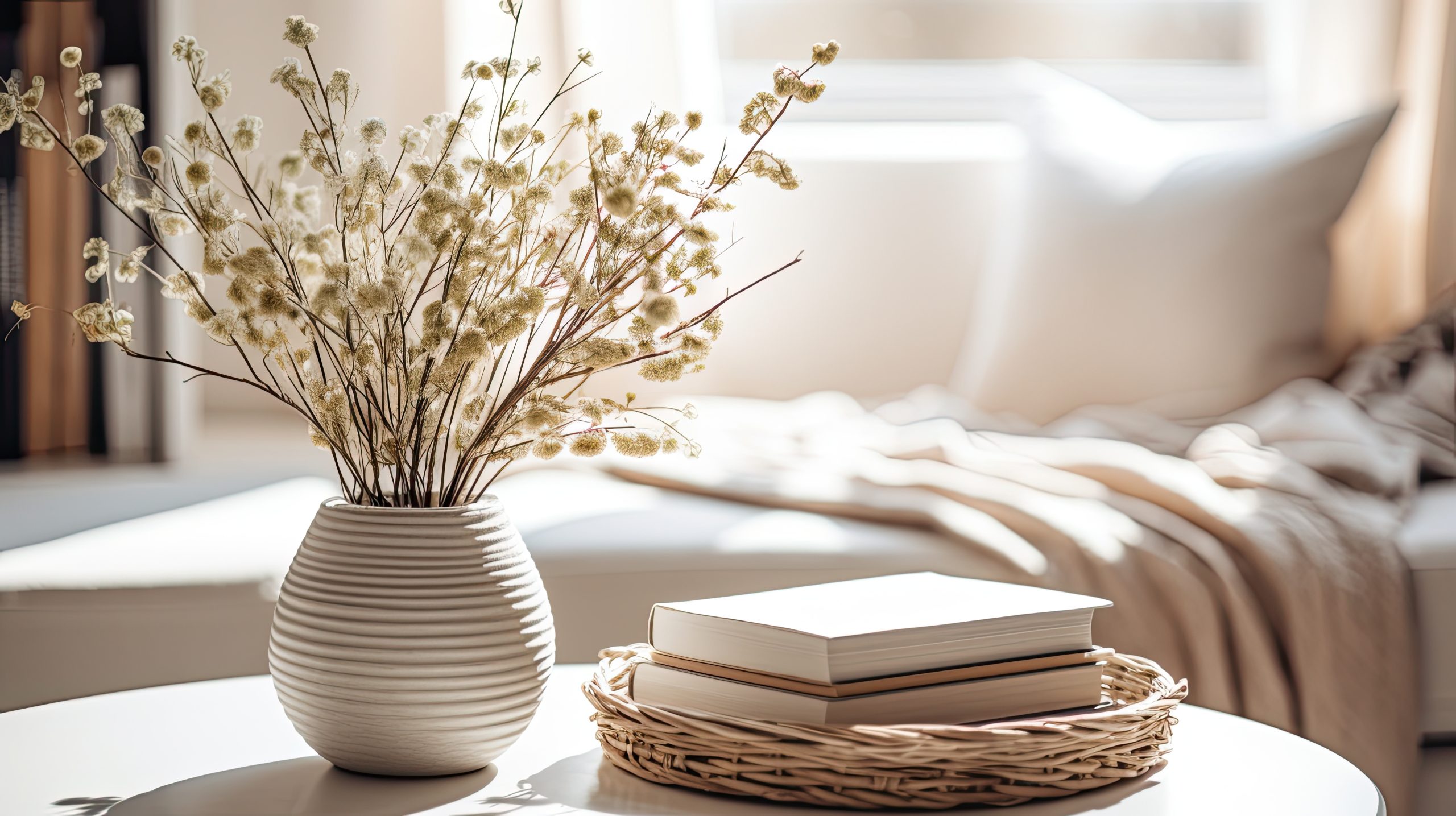
Before you begin arranging your living room table with books, consider the purpose you want them to serve. Books can be more than just decorative objects; they can also provide entertainment and information.
The selection of books is crucial when styling your living room table, so try to opt for books that resonate with your interests, hobbies or the overall theme of your living space. Books work beautifully when paired with decorative objects. Add vases, candles, or small sculptures that harmonise with your chosen books. This mixture of textures and elements creates a balanced and inviting look.
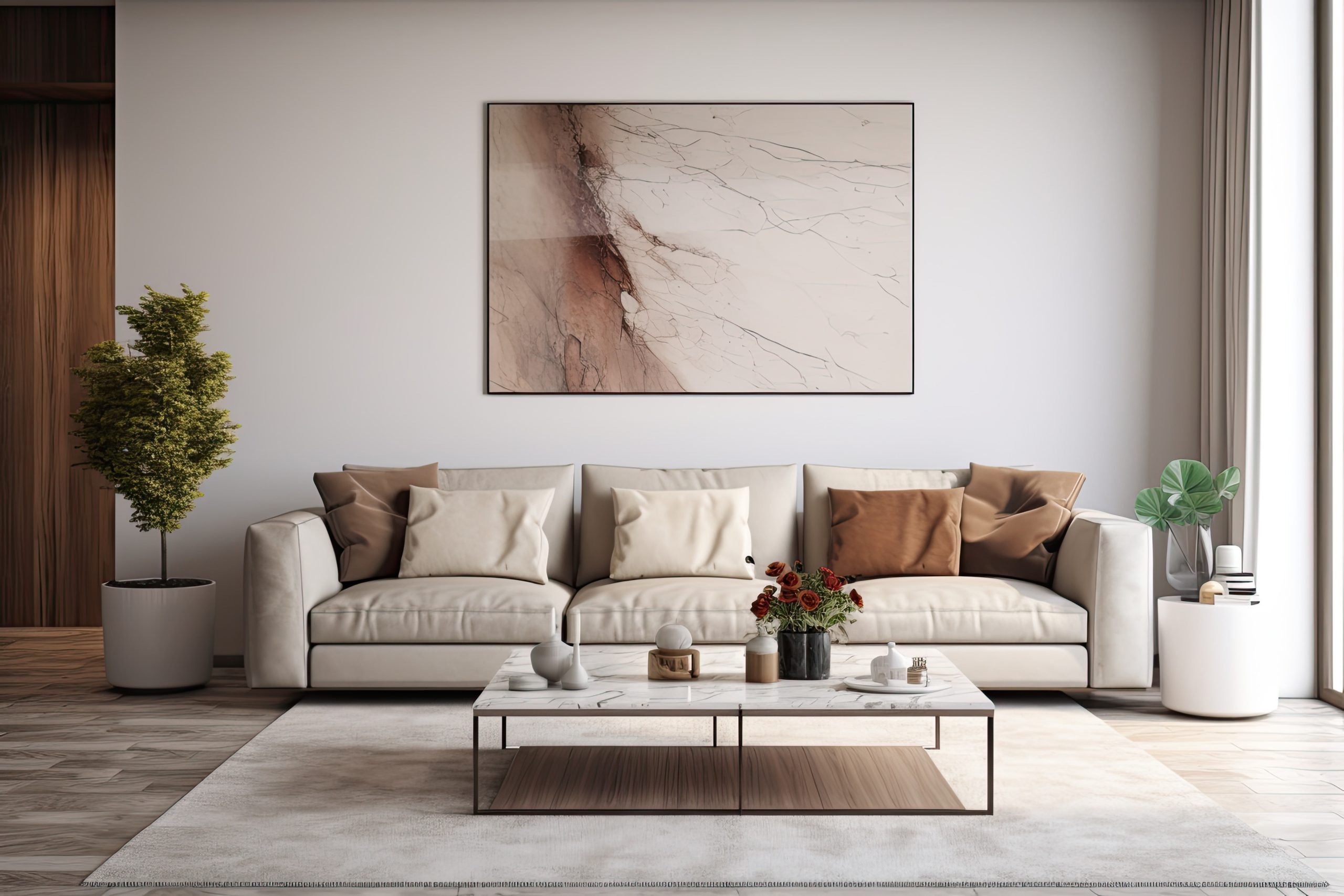
Mastering the art of editing and rotating your living room table decor is the key to achieving an ever-evolving and captivating space. By carefully curating your decor items and periodically refreshing your table setup, you can transform your living room into a dynamic and visually appealing showcase of your style and personality.
When it comes to living room table decor, remember: less is more. An important step in editing is decluttering. Start by removing any items that no longer serve a purpose or don’t contribute to the overall aesthetic of your living room. One of the joys of table decor is the ability to reflect the changing seasons and holidays. Embrace the art of rotation by updating your living room table to suit different times of the year.
Living room table decor is an art that goes beyond following strict rules. It’s about following your intuition, embracing your unique style, and creating a space that reflects your personality. By listening to your inner designer, you can transform your living room table into a captivating centrepiece that tells your story and makes your home a true reflection of you. So trust your instincts, get creative, and watch your living room table decor come to life in a way that’s perfect for you.

The page you requested could not be found. Try refining your search, or use the navigation above to locate the post.
